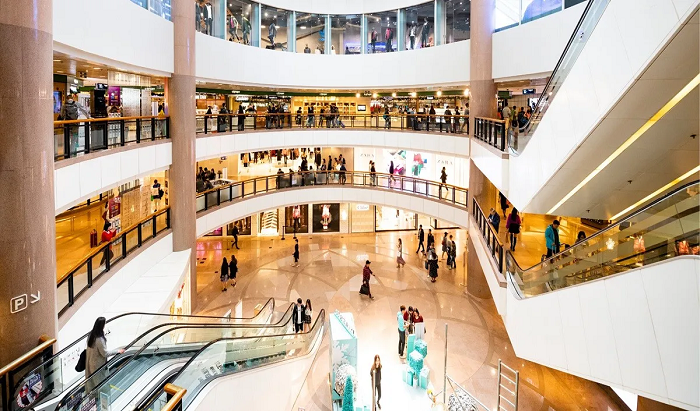
Early summer sales figures for US apparel chains offer a glimpse into consumer spending habits. While reports from big-box retailers paint a mixed picture, mall-based apparel chains are showing signs of a comeback.
Mall revival with focus on fashion freshness The story of US apparel retail is one of contrasting fortunes. Mall-based chains like Abercrombie & Fitch (A&F) and American Eagle Outfitters (AEO) are expected to see continued revenue growth, with on-trend styles like wide-leg pants. Gap Inc. also anticipates a modest increase in comparable sales, hoping its focus on in-season trends will drive full-price purchases.
This optimism stems from data provided by Columbia Threadneedle Investments, where senior analyst Mari Shor highlights a trend of "share gainers and losers" – brands capitalizing on fresh styles are pulling ahead, according to. “We're seeing positive signs in traditional apparel, fueled by exciting new styles like wide-leg pants," says Shor. "While overall category growth remains slow, there's a widening gap between successful and struggling brands." This renewed focus on fresh styles aims to attract shoppers this summer, while cleaner inventories allow retailers to offer fewer discounted items, boosting profit margins.
Value reigns supreme
However, the apparel market isn't a monolith. Consumers are hesitant to splurge on discretionary items like electronics and furniture, favoring value over premium. This trend benefits discount giants.
Walmart: Leads the US apparel market with a dominant market share, followed closely by Target, according to GlobalData. Their recent strong quarterly results highlight the appeal of value-driven apparel.
Off-price retailers: TJX Companies (TJ Maxx, Marshalls, etc.) and Ross Stores also reported solid results, collectively capturing 5 per cent of the US apparel market share as per GlobalData. Gap's Old Navy brand holds a smaller 1.3 per cent share. This suggests a consumer focus on value, echoing the strong performance of Walmart, the overall market leader.
Walmart CEO John Furner emphasized apparel and online fashion as bright spots during their earnings call. Conversely, Target's overall performance was disappointing, with apparel being a rare positive. “This suggests a potential shift towards a more balanced spending pattern between essential and non-essential items in the coming years,” said Target CEO Brian Cornell during his earnings call.
Picky yet resilient consumer
US consumer confidence remains relatively stable despite inflation concerns. A strong labor market provides some financial buffer, contributing to sustained retail sales in recent months. "Consumers have become more selective in their purchases, leading to a mixed bag of winners and losers in the retail landscape," explains Neil Saunders, Managing Director of GlobalData.
Investors meanwhile are closely watching brand-specific performance. A&F, whose stock has grown nearly 70 per cent this year, is expected to report strong Q1 earnings. AEO and Gap are also in focus, with Gap hoping to break a five-quarter sales decline streak by offering in-season merchandise at full price. While cleaner inventories and a focus on trendy styles bode well for these brands, the overall picture remains uncertain.












